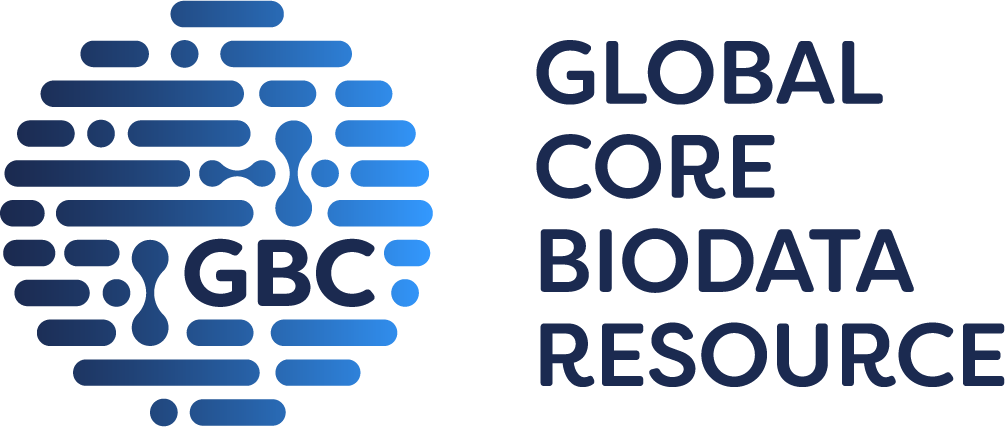EC Number   |
Application   |
Reference   |
|---|
   3.1.1.8 3.1.1.8 | analysis |
covalent coupling of the enzyme to a copolymerisate of maleinic anhydride and butanedioldivinylether provides the possibility to yield stable enzyme preparations |
94439 |
   3.1.1.8 3.1.1.8 | analysis |
enzyme in immobilized forms has a potential application in environmental, water and air, pollution control as a functional part of monitoring system |
94446 |
   3.1.1.8 3.1.1.8 | biotechnology |
ChE activity from Palaemon serratus eyes seems to be a reliable and sensitive biomarker for organophosphate insecticides even when organisms are simultaneously exposed to mercury |
706753 |
   3.1.1.8 3.1.1.8 | diagnostics |
BuChE is a possible marker for Alzheimer's disease |
691853 |
   3.1.1.8 3.1.1.8 | diagnostics |
butyrylcholinesterase activity is a sensitive and specific biomarker of Alzheimers disease (AD), BChE-associated amyloid-beta plaques has the potential as an improved AD biomarker. The predictive value of BChE as a biomarker for AD facilitates timely disease diagnosis and management |
750901 |
   3.1.1.8 3.1.1.8 | diagnostics |
O-ethyl S-2-diisopropylaminoethyl methyl phosphonothiolate (VX) forms phosphorylated adducts with enzyme BChE, inhibiting the enzyme. This adduct in human plasma can serve as a biomarker of exposure to nerve agents. Purification efficiency between the procainamide affinity gel method and immunomagnetic separation (IMS) for the nerve agent adduct of BChE in plasma is evaluated, the sample preparation is optimized by purifying BChE to measure biomarkers of human exposure to organophosphorus nerve agents. The purification efficiency of IMS is 5fold greater than that of the procainamide affinity gel method because the antibody conjugate with protein G magnetic beads ensures highly selective capture and high recovery of VX-inhibited BChE from plasma |
751199 |
   3.1.1.8 3.1.1.8 | drug development |
acetylcholinesterase, butyrylcholinesterase and beta-amyloid are the predominant biological targets in the search for anti-Alzheimer's agents |
750028 |
   3.1.1.8 3.1.1.8 | drug development |
enzyme BChE is a promising drug target in advanced Alzheimer's disease. (+/-)-N-((1-(2,3-dihydro-1H-inden-2-yl)piperidin-3-yl)methyl)-N-(2-(dimethylamino)ethyl)-2-naphthamide is thus a promising advanced lead compound for the development of drugs for alleviating symptoms of cholinergic hypofunction in patients with advanced Alzheimer's disease |
751285 |
   3.1.1.8 3.1.1.8 | environmental protection |
the enzyme may be employed as a biological indicator for assessing pesticide contamination |
679238 |
   3.1.1.8 3.1.1.8 | medicine |
analysis of lung carcinoma cells and their adjacent tissues for enzyme activity. Both cholinesterase EC 3.1.1.7 and EC 3.1.1.8 activity drop in adenocarcinoma and in squamous cell carcinoma |
664534 |





